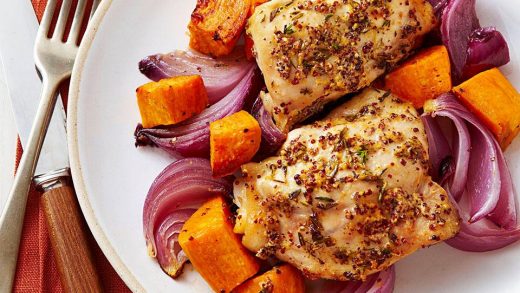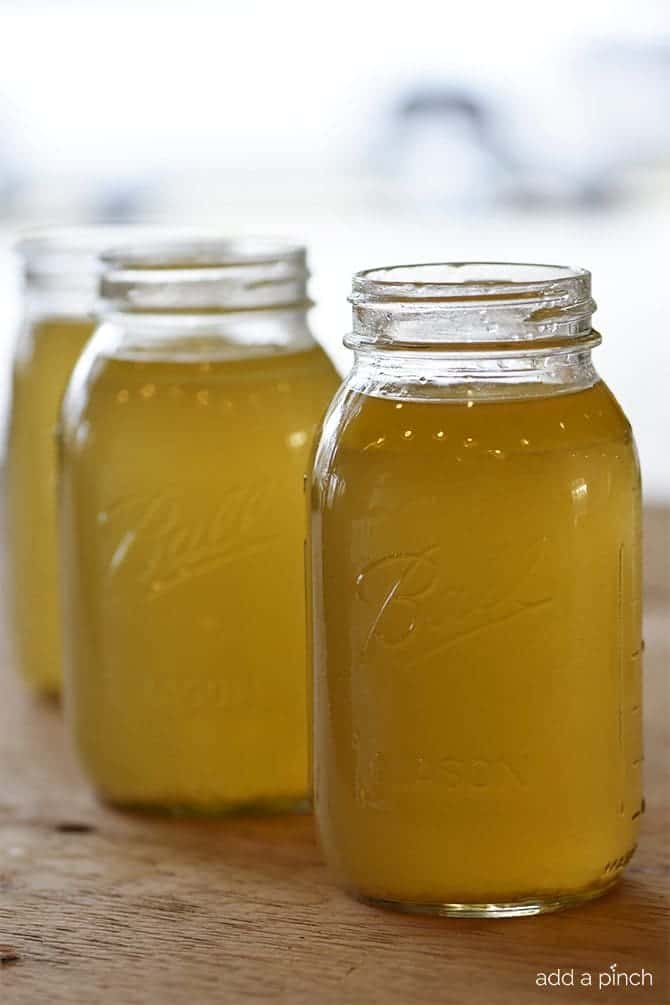Of all the leafy greens, spinach is one of the most nutritious. Long considered among children’s least favorite vegetables, despite the marketing help from cartoon sailor Popeye, spinach is enjoying a great resurgence in popularity. Spinach is the fastest growing segment of the packaged salad market. Personally, I often like using spinach for salads rather than regular lettuce because it holds up longer in the refrigerator.
Spinach originated in Central and Southwestern Asia, around what is today Iran, but is now grown all around the world.
There have been problems in recent years with contaminated packaged raw spinach, such as that found in salad kits. Both e. coli and salmonella have been found in packaged raw spinach, mostly from California. While the exact source of the contamination was never found, most experts believe it came from contaminated water infected by feces run-off from a nearby factory pig farm. This is yet another indictment of the factory farm system used in this country and its affect on the safety of our food supply. In fact, the spinach contamination was one of the leading generators of calls for food safety improvements and more power for the FDA.
Not only has these contamination scares, which resulted in at least one death in the U.S., drawn attention to the food safety issue, it has also demonstrated the benefits of food irradiation to kill dangerous bacteria. Irradiated spinach is safe and does not lose any of its nutritional value in the process. Spinach is cited as one of the most pesticide contaminated foods on American tables.
Selecting fresh spinach. Look for supple leafs and stems with no mushy spots. They should be dark green in color. There are three types of spinach: Savoy, the variety commonly found at the supermarket; flat leaf, which is widely used for frozen and canned versions; and semi-savoy, a hybrid that combines the crinkly leaves of Savoy with the smooth leaves of flat leaf. It is easier to clean than Savoy and is found in both fresh and processed versions. Flat leaf is the variety found most in salad preparations.
Frozen spinach is good for certain dishes. Just remember that when it thaws it will be watery and mushy. But a good squeeze and a wrap in paper towels will take care of that.
Storage and Preparation. Fresh spinach can lose much of their nutrients in a just a few days after picking. Refrigeration can lengthen that time to about nine days. Like most fresh vegetables, spinach should be used fairly soon after getting it home. Bagged spinach is sealed in with nitrogen gas to extend the shelf life. All fresh spinach, including the bagged stuff, should be washed and spun dry. Larger leaves should have the stems removed, as they will be very tough.
Cooking spinach is best done in a braise to preserve as many of the nutrients as possible. Washed and dried leaves are cooked in a small amount of oil in a skillet over medium heat. Toss until wilted and then add a half cup of white wine, vermouth or chicken stock. Cover and cook for just a few minutes then remove the cover and cook until the water is reduced to a glaze and nearly gone. Season with balsamic or rice vinegar.
Spinach can also be cooked with other greens, like collard or chard, in a large pot of water until completely soft and wilted. The water, or liquor, can then be used to make a sauce or used to flavor other dishes.
Do you have a favorite way to cook spinach or other greens? We’d love to hear about it. Just click on the comments link just below the post.





